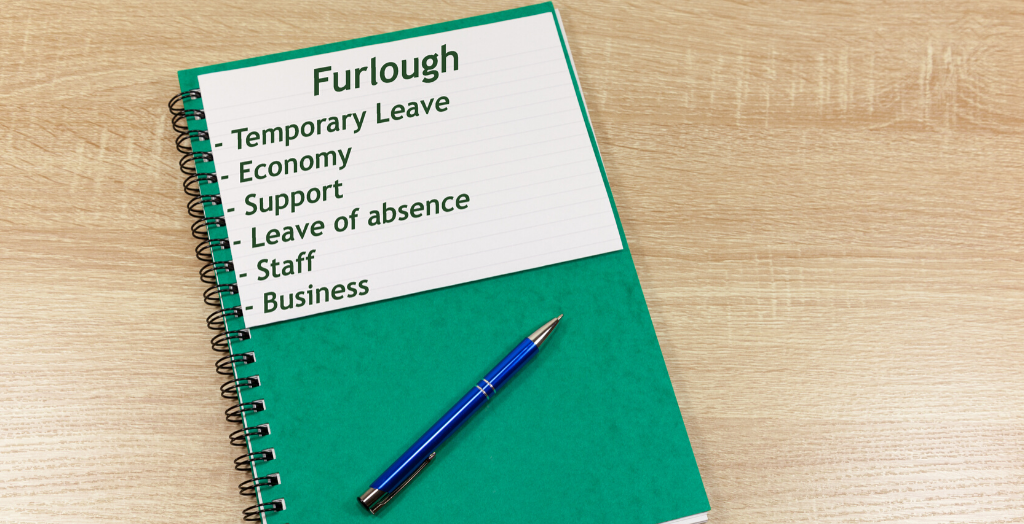
Furlough Scheme Extension
The Chancellor, Rishi Sunak on 12 May announced significant changes to the Coronavirus Job Retention Scheme, now commonly referred to as the furlough scheme. The scheme had been due to run until at least 30 June 2020. The Chancellor has now confirmed to the House of Commons that the furlough scheme will be extended for a further 4 months until the end of October and kept open for all sectors. By the end of October, the scheme will have been running for an astonishing eight months.
WHAT DOES THIS MEAN?
The Chancellor promised that the scheme will continue in its current form until the end of July. From 1 August until 31 October 2020, there will be greater flexibility added and employers encouraged to bring back furloughed staff part-time. However, employers will be asked to pay a percentage towards the salaries of their furloughed staff. We are told that further details on the changes to the scheme and information about its implementation will be published by the end of May.
WILL WE RECEIVE THE SAME SUPPORT?
The Chancellor was keen to stress that workers will continue to receive the same level of overall support of 80% of their current salary, up to £2,500 until the end of October. From August, employer payments will help to substitute the contribution the government is currently making in paying their employees. These measures should help to gradually encourage furlough employees back to work and avoid the cliff-edge cut-off that has worried many businesses.
It was also revealed that the scheme has so far supported over 7.5 million furloughed workers and almost 1 million businesses. More than £10 billion has been claimed.
WHO COUNTS AS A FURLOUGHED WORKER?
There are a number of important conditions that must be met in order for an employee to be classed as a furloughed worker. These conditions will continue to apply until the end of July 2020.
This includes the following:
- Employees must be notified that they have been furloughed.
- Employees must be furloughed for a minimum of three weeks.
- The employee cannot do any work for the employer that has furloughed them.
It was also rumoured that the Chancellor would announce changes to the support measures for the self-employed. However, no changes or extensions to the Self-employment Income Support Scheme were announced.
New statistics were also published that show businesses have benefitted from over £14 billion in loans and guarantees to support their cashflow during the crisis. This includes 268,000 Bounce Back Loans worth £8.3 billion, 36,000 loans worth over £6 billion through the Coronavirus Business Interruption Loan Scheme, and £359 million through the Coronavirus Large Business Interruption Loan Scheme.
WHAT IS THE NEW ROADMAP?
The government also published the much talked about roadmap to help provide more information on the process of coming out of the lockdown without risking a second wave of infection. The roadmap discussed the development of new safety guidelines that set out how each type of physical space can be adapted to operate safely. This includes places of work that are beginning to reopen as restrictions are lifted.
The Department for Business, Energy & Industrial Strategy also published new guidance on 11 May 2020, titled ‘Working safely during coronavirus (COVID-19)’.
The guidance provides information on making workplaces as secure as possible from the coronavirus threat. This guidance applies to those who work in or run offices, contact centres and similar indoor environments and includes requiring employers to carry out risk assessments before they can reopen.
The guidance seeks to ensure that as many people as possible are able to safely follow social distancing guidelines at their places of work. Special consideration will also be given to those who are at higher risk or who need to self-isolate. The guidance further considers minimising the number of unnecessary visits to offices, cleaning workplaces, the use of PPE and face coverings, handling the workforce and goods entering and leaving work sites.
The Department for Transport has issued new guidance on how to make journeys safely in England during the coronavirus outbreak. It provides guidance for walking, cycling, using private vehicles (for example cars and vans), and travelling by taxis and public transport (for example trains, buses, coaches and ferries). The guidance makes it clear that people should avoid using public transport where possible and instead try to walk, cycle or drive.
In many parts of the country, this may be easier said than done.

This Post Has 0 Comments